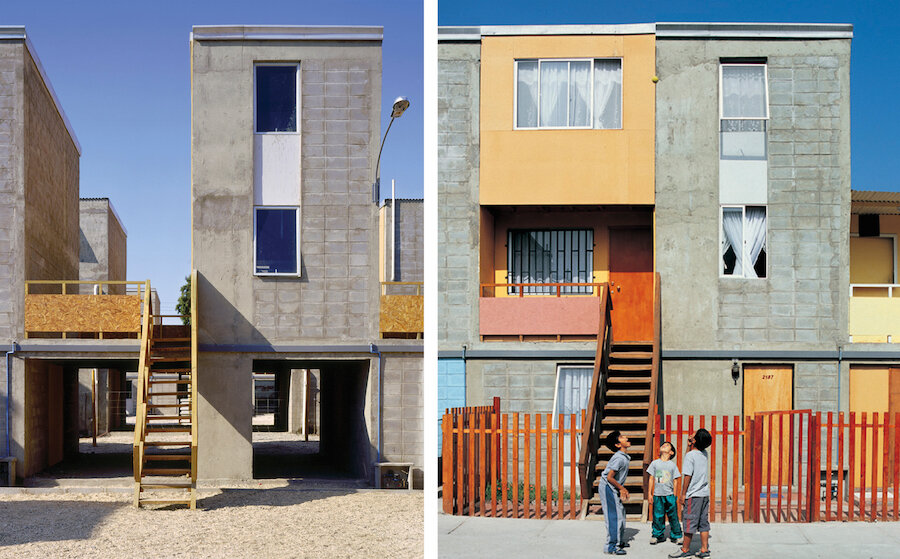Seeing mega-cities in a fresh light
Loading...
When global bodies like the United Nations release figures about urban life, the numbers are often posed as problems. By 2050, more than two-thirds of humanity will be living in cities. (As recently as 2009, most people lived in rural areas.) The number of megacities, or cities with populations greater than 10 million, will increase from 29 to 40. And with a recent rise in mass migration, nearly a billion people now live in slums or refugee camps.
With trends of that scale, it might be easy to go along with the usual focus on urban “issues” – pollution, traffic, crime, and a fierce competition for land, water, and work. The 21st century is indeed the Urban Age. But must cities still be viewed with the eye of Charles Dickens, all squalor and squabbles?
An alternative view of cities was endorsed this week with the awarding of architecture’s most prestigious award, the Pritzker Prize. The award went to Alejandro Aravena, an architect in Chile whose work does not fit the classic idea of an architect who produces giant cultural statements. Rather he is best known for designing “social housing,” or “dwellings for the underserved,” as the Pritzker jury describes it. These are inexpensive homes built for low-income people in cities and post-disaster areas, usually at a cost of less than $10,000.
His most famous achievement is the “half-finished house.” This design starts with the shell of a structure for dispossessed people and includes the most difficult parts, such as walls, a roof, and plumbing. But Mr. Aravena leaves half of the building open for residents to add whatever they want later as their family grows and their needs change. This allows them to invest in the property, creating collateral value for taking out business loans while also creating unique neighborhoods, not cookie-cutter housing projects.
His housing forms, he says, are opportunities. And that is the key to his thinking about cities. He sees them in the same way as disadvantaged people often do: as islands of promise, not problems to be fixed. He calls his architecture a “shortcut to equality.” His job is to “intensify what is available.” To him, urbanization is good news.
His defining quality as an architect has been in listening to people in a community and then synthesizing their ideas with the rigor of professional design and within cost constraints. The discipline in dealing with few resources, he finds, has helped the poor to better clarify a vision for their built environment. His work is merely a platform for their vision.
“The more people who come to cities the better, in the sense that cities are extremely powerful tools to improve the quality of life of people,” he told CNN after receiving the Pritzker Prize. Cities will improve, he says, if architects can channel the capacity of people to set their own priorities for urban solutions.







